When I was a head, at one point in time, the parent Governors were a university professor, an IBM executive and a high flyer in HR. In rotation, other professional skills became available. Where I am now a Governor, the parents have professional status and a specific focus of interest, which enhances the group as a whole. The one thing that they all bring is a good understanding of the locality, the breadth of the community and the constituent parts that make up the whole.
I didn’t live in either setting, so, while I bring a professionalism to my role, I would be less than happy to make decisions without their input.
I’ve been reflecting on a visit that I made to an academy to undertake an audit of their provision, where, for the first time, I came across an organisation which, as an academy within a Multi-Academy Trust, had no Governing Body at all. The school’s Improvement Partner effectively acted as the go-between on behalf of the Trust, feeding information in both directions, with the Trust acting as the Governing Body of several schools.
As a result, there was no locality information available, apart from some generic questionnaire data that represented a very small proportion of the parents. Decisions were being taken over the heads of parents, with the school, on behalf of the Trust, dictating what was happening. There were no checks and balances. Parent Voice had effectively been muted. I was left feeling very uncomfortable that significant aspects of the school could be ignored.
With an active background in parent partnership activities, I know how effective schools can be with a very involved parent body. That they have representation on the management body of the school allows them to be secure that a parent voice is heard and that their interests are maintained.
If the proposal goes ahead, I would hope that there is a requirement that the school should have in place a very secure mechanism that ensures that substantial and substantive views of parents and the locality are sought, and acted upon, to a greater extent than can be the case now.
Schools are not businesses, although they have to have a business ethic. They serve, and provide a service to, a local community, and, quite often, are the heart of the community, a special place that brings together the whole spectrum of the population.
I have grave fears over the loss of locality and parent views on a school’s development. To suggest removal implies, to me, that the Governing Body serves a limited business function. While this is a central feature of governance, education also has a personal aspect, which requires local and personal knowledge.
Further reflections on parents as partners can be seen in the following blogs.
Whose child is it anyway?
Parents and Schools
Walk your school.
On being a teacher parent
Parent Partnership reflections
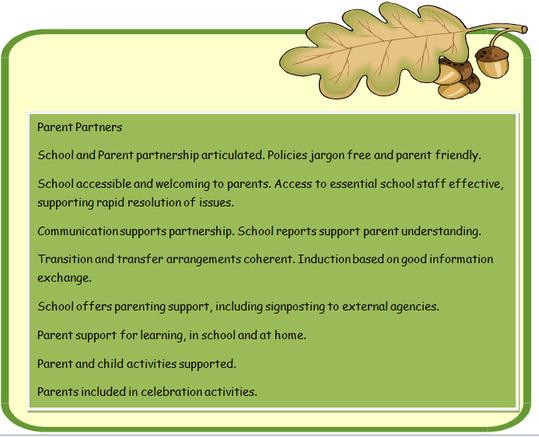




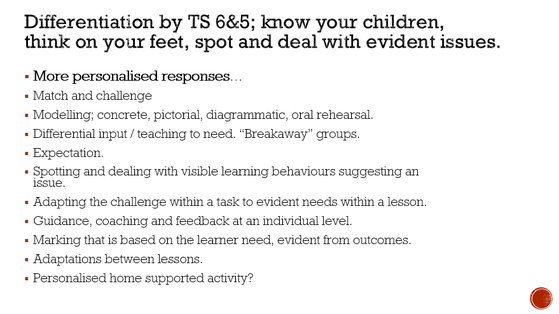


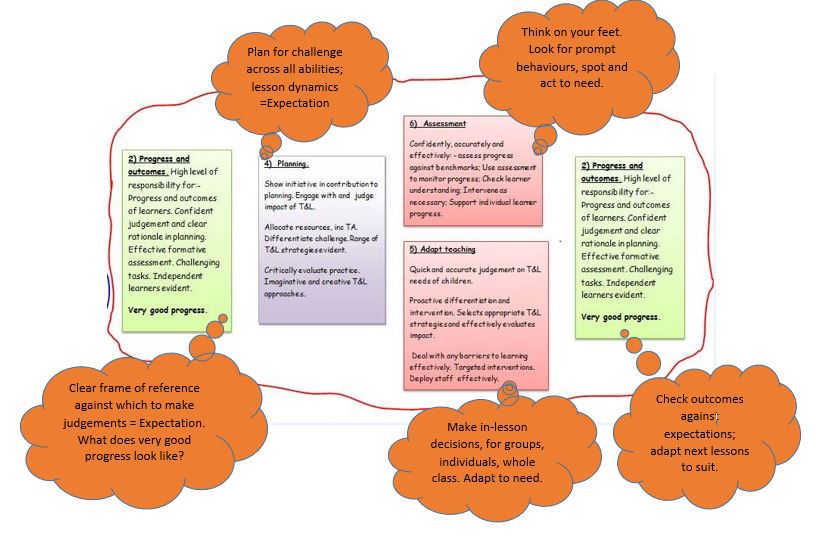
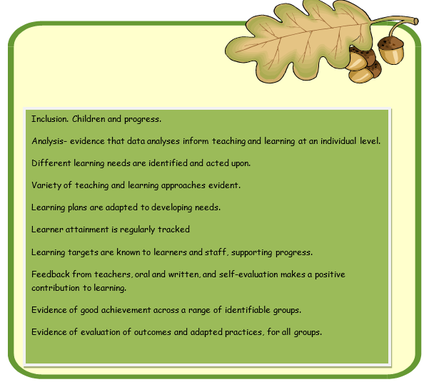
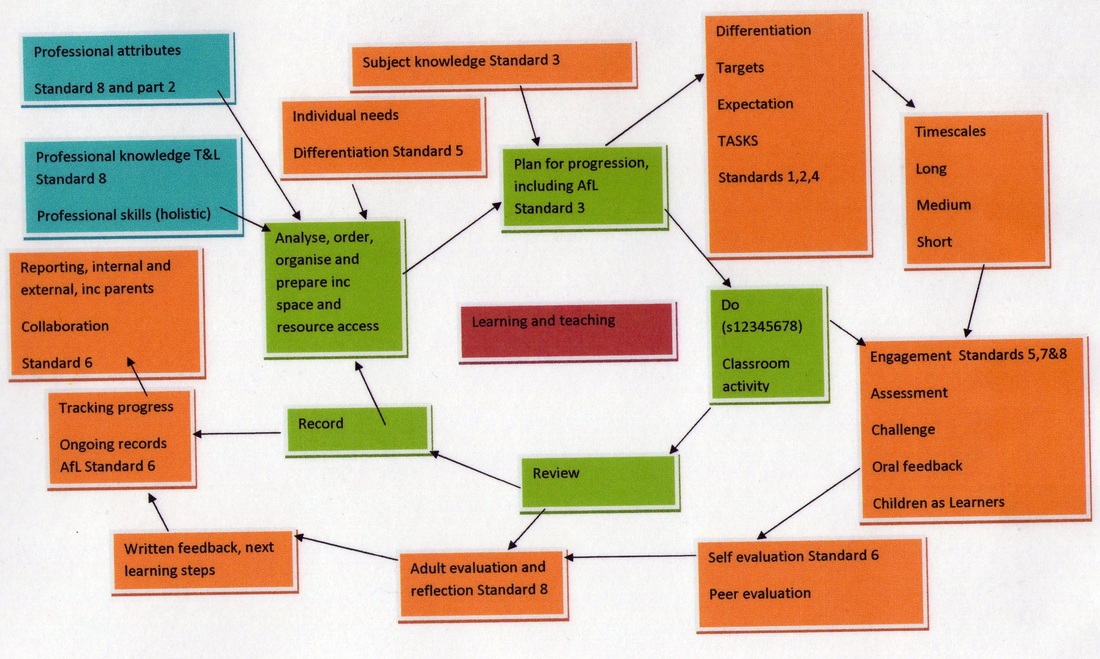
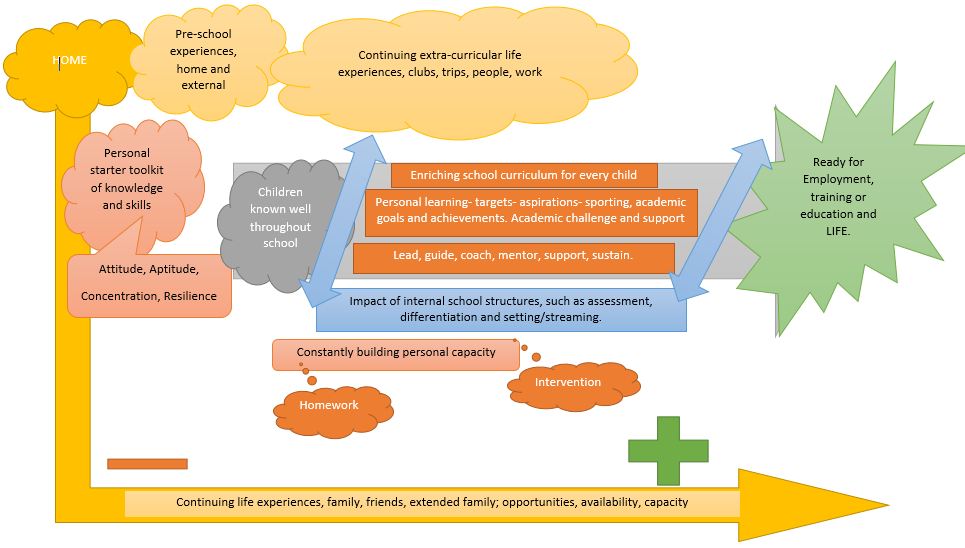
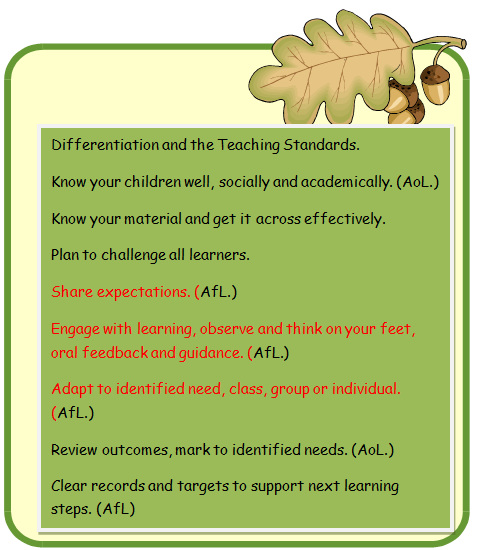
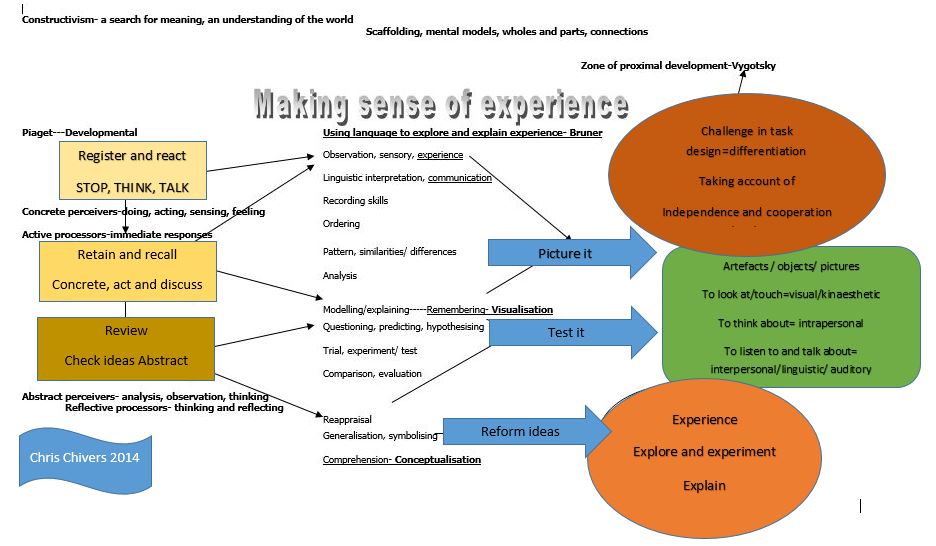
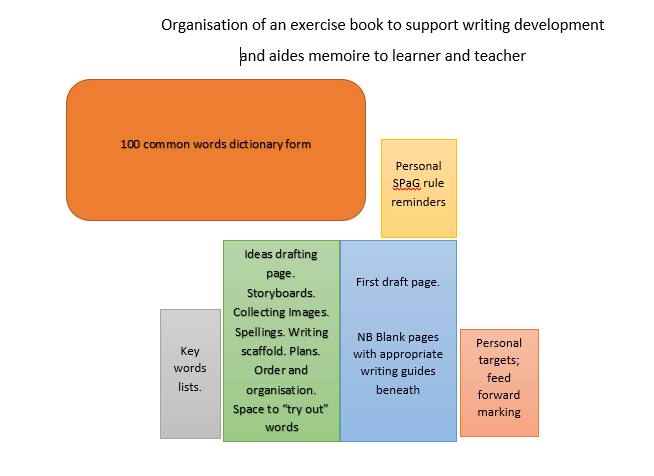
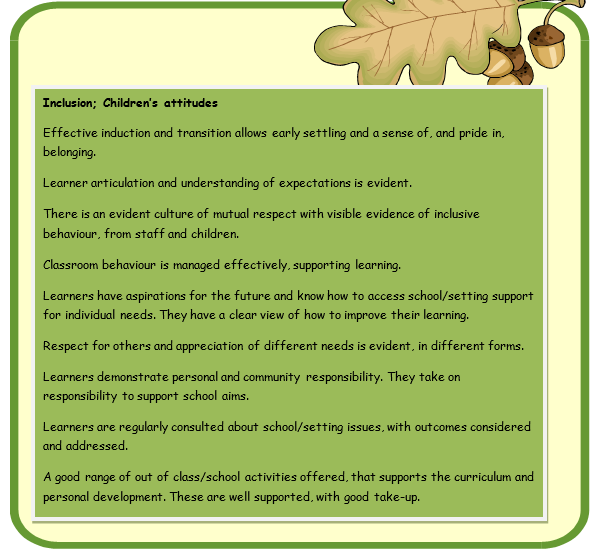
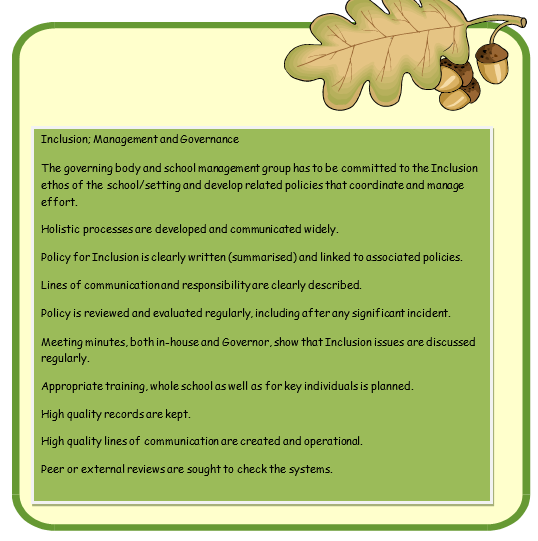
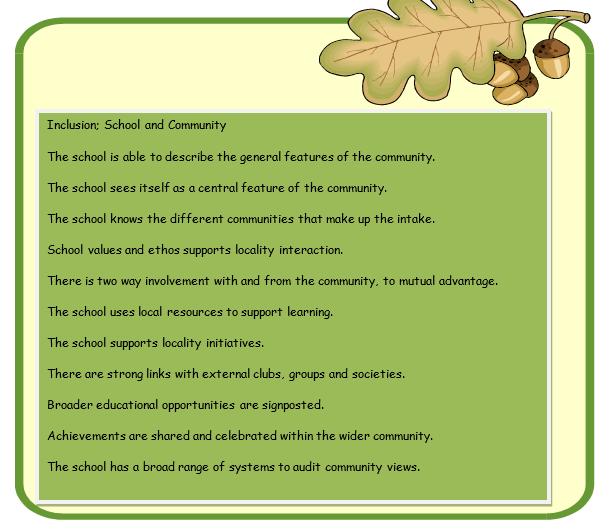
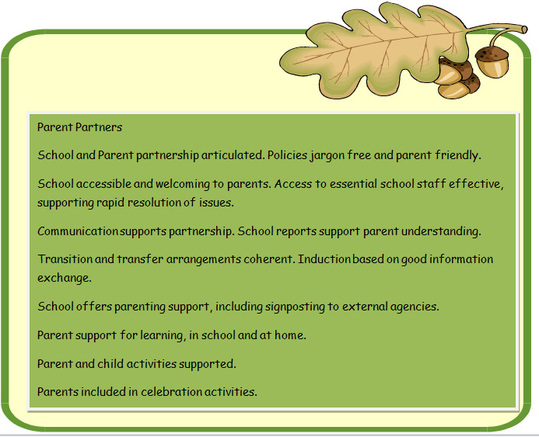
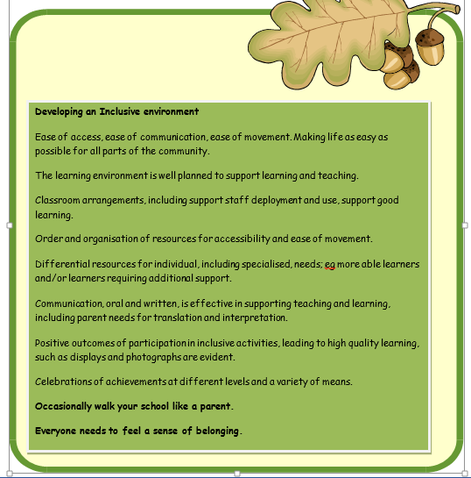
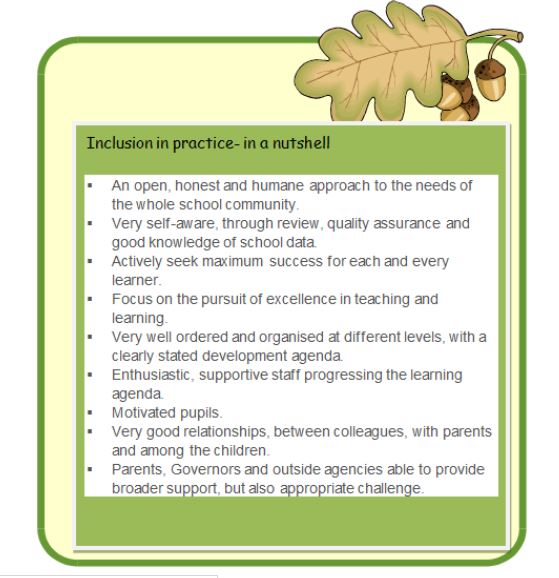

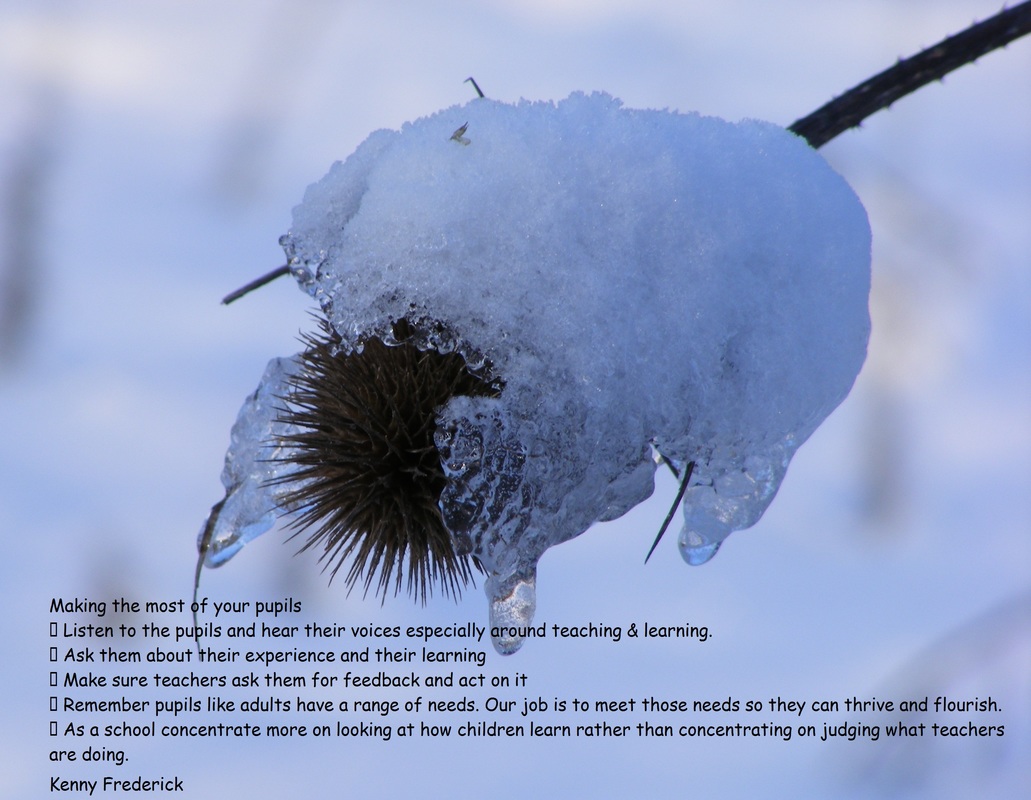
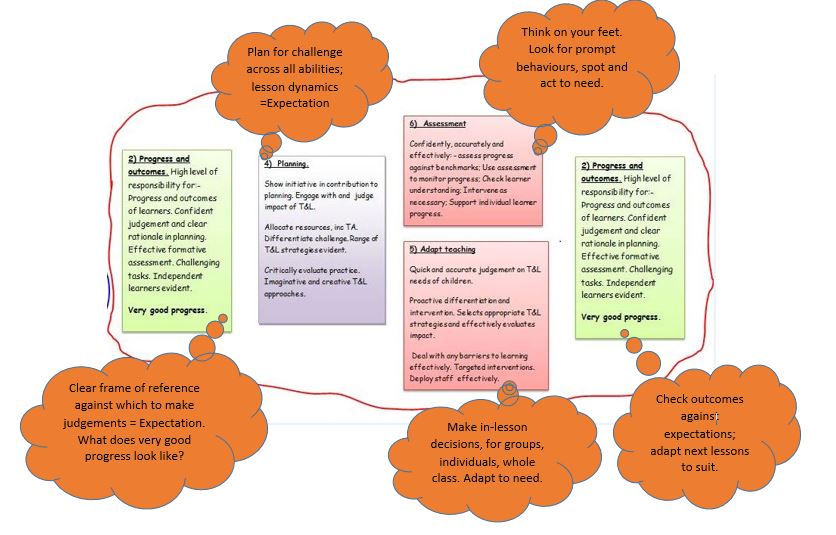
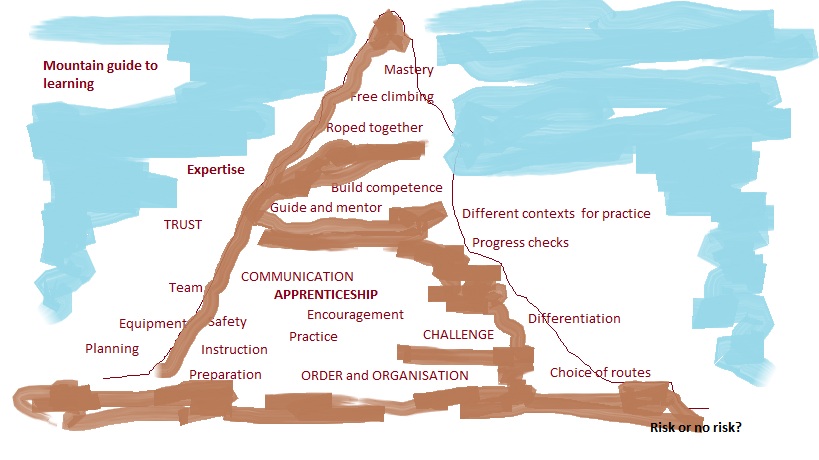





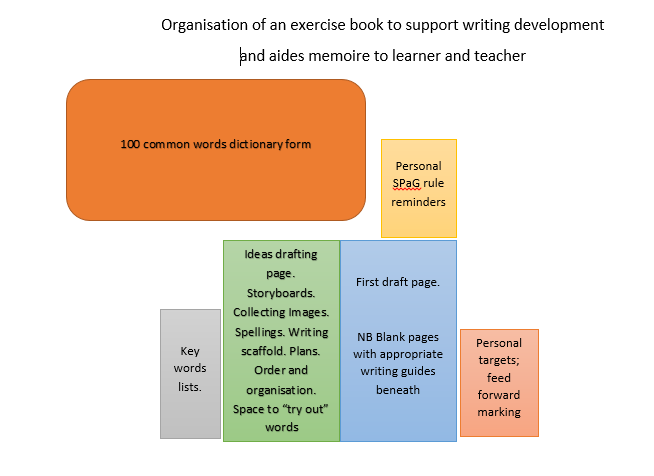
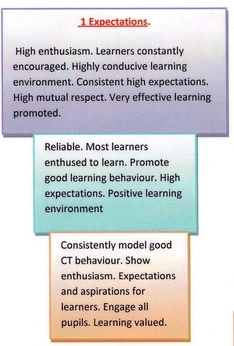

 RSS Feed
RSS Feed
